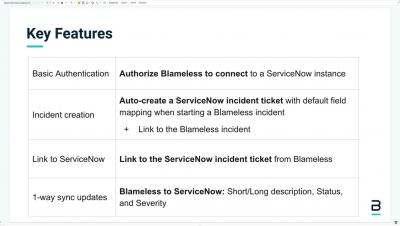10 Ways You Can Improve Service Reliability
Software reliability can be defined as the probability of a failure-free operation of a computer system over a specified period, under a set of specific conditions. It is an important factor in determining software quality. Site reliability engineering (SRE) is a software approach to IT operations that helps organizations to improve the reliability of their systems.











